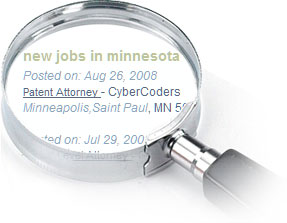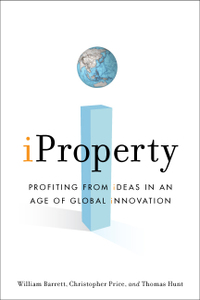As Congress is considering possible legislation to create an abbreviated pathway for the FDA to approve generic biologic therapies (“biogeneric,” “biosimilar” and “follow-on biologics”), differences in the R&D expense and product cost, and the potential for both new therapies post-approval and second-generation innovations have raised questions about how to achieve the proper balance between innovation and competition.
One important policy for Congress to establish will be the number of years of data exclusivity awarded to the innovator drug. Data exclusivity rules control the amount of time after an approved drug enters the market that a biogeneric drug, relying on the innovator’s data on drug safety and efficacy, must wait before entering the market. In the case of chemical drugs, that period is generally five years.
Recent legislative proposals vary along several dimensions, including differing durations of data exclusivity. Representatives Jay Inslee, Gene Green and Tammy Baldwin introduced H.R. 1956 and Senators Gregg, Burr and Coburn introduced S. 1505, which proposes 14 years of data exclusivity. S. 1695, sponsored by Senators Kennedy, Enzi, Clinton and Hatch, would allow for 12 years of data exclusivity. H.R. 5629, sponsored by Representatives Eshoo and Barton, would guarantee 12 years of data exclusivity, with an additional two years for a new indication and six months for pediatric exclusivity. In contrast, recent legislation introduced by Representative Henry Waxman would provide no data exclusivity for new biologics.
Now, former House Ways and Means Committee Chief Economist Alex Brill has released a paper arguing that 7 years ought to be a sufficient number of data exclusivity years to grant brand biologics before biogenerics can enter the market. This paper by re-examines and improves upon the model developed previously by Duke University professor Henry Grabowski.
In his paper “Proper Duration of Data Exclusivity for Generic Biologics: A Critique,” Brill makes the case for the shorter duration for data exclusivity and critiques the recent work by Duke economist Henry Grabowski on this subject (Grabowski 2008). Grabowski estimates the number of years required for an average portfolio of biologic drug investments to recoup all development and fixed production costs and to also reward the investors their expected (double-digit) rate of return (a period of time economists refer to as a break-even point for the investment). Grabowski estimates break-even to be between 12.9 and 16.2 years for a portfolio of biologics
Brill examines this result and its implication for data exclusivity. First, using an alternative set of assumptions to the Grabowski model that he considers to be more plausible, we find that the break-even point drops to slightly less than nine years. Second, the break-even point is not the period for sufficient data exclusivity in this industry.
Data exclusivity less than the break-even point is valid under any assumption in the Grabowski model as long as some economic profits continue to be earned by the innovator drug post-exclusivity; this is reasonable, given expectations for the effect of biogeneric competition on prices. Given our preferred model specifications, we show by example that seven years of data exclusivity would be sufficient in maintaining strong incentives to innovate while fostering a competitive marketplace.
This paper assumes that the break-even point should be interpreted as an extreme upper bound for data exclusivity and not as an estimate of optimal duration of data exclusivity. In the case of the biologic drug industry, because innovator drugs can be expected to continue to earn economic profits in a market open to biogeneric competition, Brill contends that the optimal data exclusivity will always be less than the break-even point.
While nearly two dozen biologic drugs have lost their patent protection in the last few years and over 70 biologics will lose their patent protection soon, the Food and Drug Administration (FDA) currently does not have an established, abbreviated framework for permitting biogeneric drugs to enter the marketplace.
With global sales of biologics at approximately $75 billion in 2007 (IMS Health 2008), expect to see more vigorous discussion on this topic. The Federal Trade Commission (FTC) is holding a roundtable on competition provided by developing an abbreviated regulatory approval pathway for follow-on biologic drugs on Thursday, November 21, 2008.
Alex Brill is CEO of Matrix Global Advisors, LLC, and a research fellow at the American Enterprise Institute. Note that financial support for this white paper was provided by Teva Pharmaceuticals.
See the entire report here.
See also:
Biologicsland: Which of These is Not Like the Others?
Red or Blue: We’ll Likely to See Biosimilars Either Way
Does Congress Need A Lesson On Biotechnology or Economics?



